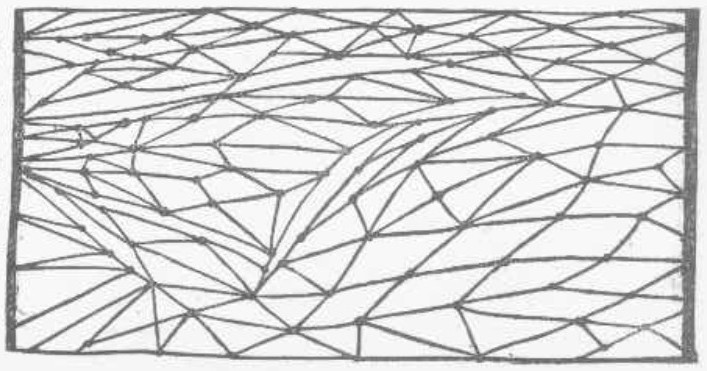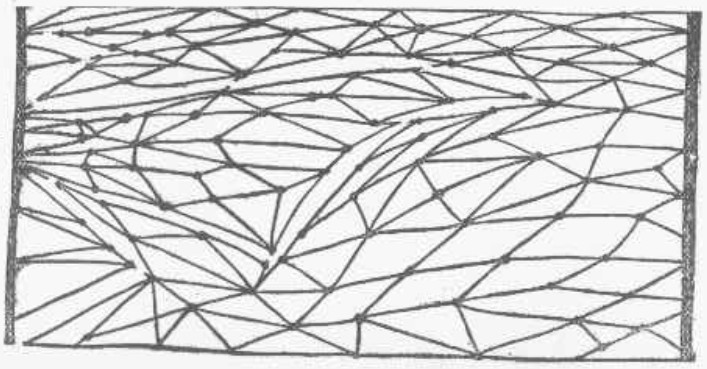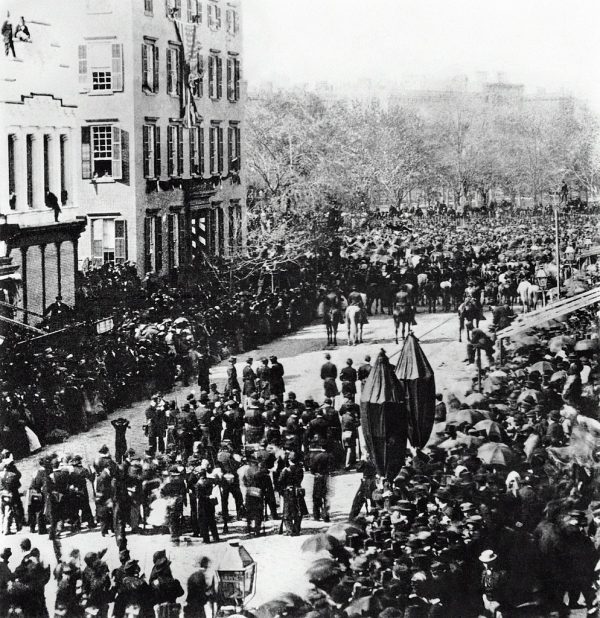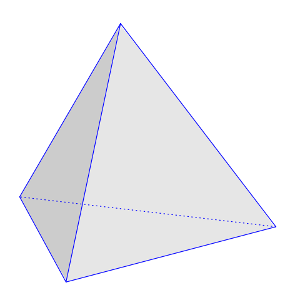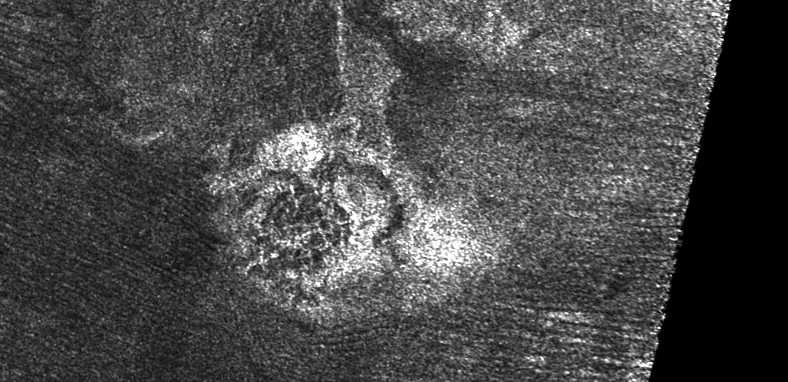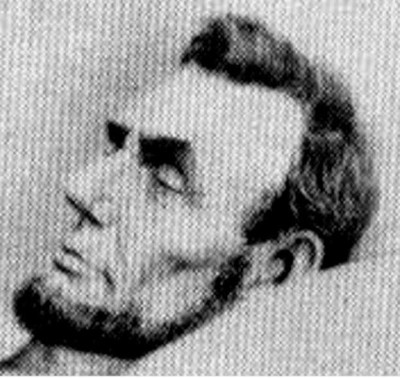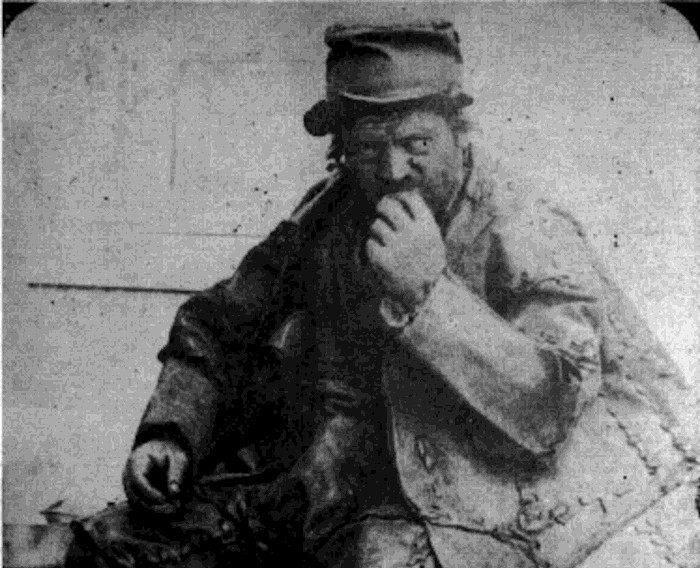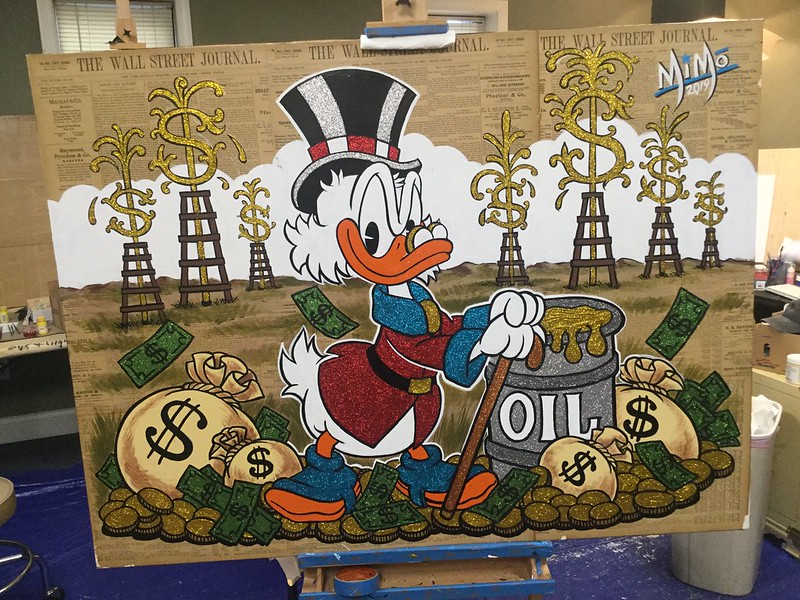
Characterizations of Scrooge McDuck’s wealth in the drawn stories of creator Carl Barks:
- 250 umptillion fabulatillion dollars
- 500,000,000,000,000,000,000,000,000,000,000,000,000,000,000,000,000,000,000,000,000,000,000,000,000,000.16 dollars
- Fantasticatrillionaire
- Five billion quadruplatillion umtuplatillion multuplatillion fantasticatillion centrifugalillion dollars and sixteen cents
- Five billion quintuplatillion umptuplatillion multuplatillion impossibidillion and so forth dollars and extra odd cents
- Five hundred triplicatillion multipludillion quadruplicatillion centrifugalillion dollars and sixteen cents
- Hyperfantasticatillionaire
- Nine fantasticatillion, four billionjillion, centrifugalillion dollars and sixteen cents
- Nine hundred fantasticatillion, seven hundred doubledecadecillion, eight hundred kumquatmafrillion …
- One quadrillion amplifatillion dollars
- One umptillion uncountabalillions of dollars
- Seven hundred and eighty-eight billion, four hundred and twenty-three million seventeen dollars and sixteen cents
- Ten skyrillion dollars
- Three cubic acres
- Three skyrillion dollars
In Forbes‘ estimation, McDuck’s wealth rose from $28.8 billion in 2007 to $44.1 billion in 2011 due to a rise in gold prices, but his total worth is notoriously hard to estimate. The famous money bin, he once told his nephews, is “just petty cash.”


